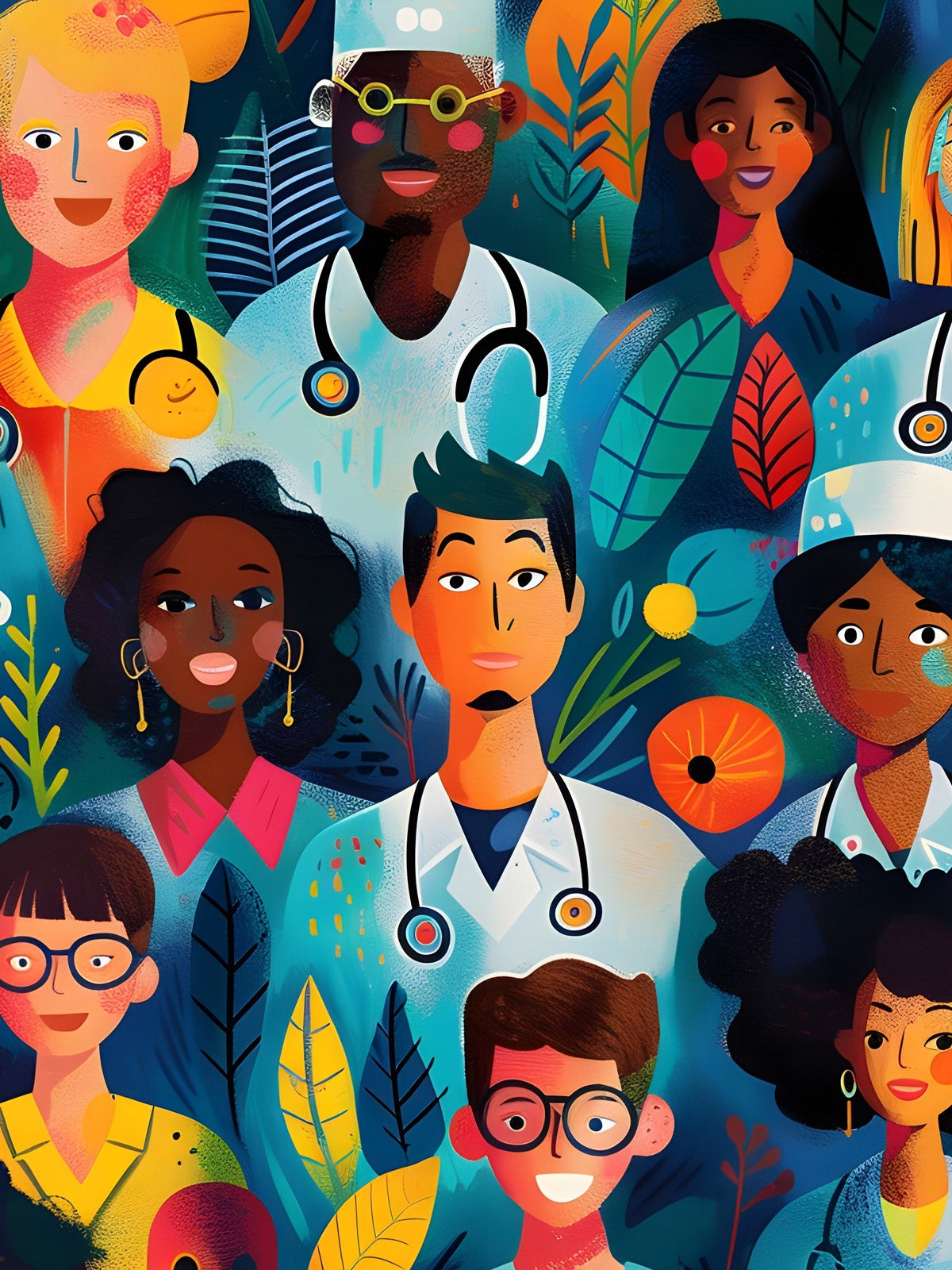
Opinion
Good health care is rooted in evidence. So is DEI.
Last month, I fulfilled my life’s greatest dream: I walked across the stage at Harvard Medical School, before the beaming smiles and proud cheers of my loved ones, to complete my two-decade-long journey to become Dr. Nolen. I am the first doctor in my family, an accomplishment I know will have an impact on my community, family, and future patients for years to come.
Since I was eight years old, I dreamed of becoming a doctor, but as a Black woman and first-generation student in medicine, I was concerned: The medical school admissions process has been shown to leave students like me on the margins. I sought out pipeline programs like the Summer Health Professions Education Program (SHPEP) and the Health Careers Opportunity Program (HCOP) to find mentorship, community, and financial support. Programs like these have assisted thousands of students like me who otherwise wouldn’t have had access to the socially and financially exclusive field of medicine. These programs keep students’ dreams alive—and they also have the potential to save patient lives.
Sign up for Harvard Public Health
Delivered to your inbox weekly.
Today only 5.7 percent of physicians identify as Black, while Black people make up over 13 percent of the United States population. Similar gaps exist for Indigenous and Latinx populations. These disparities persist despite a rapidly diversifying U.S. population and evidence demonstrating that a diverse physician workforce improves health outcomes. One longitudinal study, for example, found that increasing the number of Black primary care physicians by county leads to a population-level increase in the life expectancy of Black patients. Benefits of racial-ethnic concordance between physician and patient have also been demonstrated in other areas, including vaccine uptake, infant mortality, and willingness to accept preventative care.
These data demonstrate that diversity in medicine helps save lives. It is the evidence-based solution our patients need.
Yet diversity, equity, and inclusion (DEI) efforts in medicine have recently become the target of “anti-woke” attacks. On March 19, Congressman Greg Murphy, who is also a physician, joined up with an anti-DEI coalition of health professionals and introduced the EDUCATE Act. The bill would gut federal funding for medical institutions that engage with critical aspects of the DEI mission— including pushing students to understand the sociopolitical causes of medical illnesses, studying how health provider biases impact medical care, and implementing pipeline programs and financial initiatives to support students underrepresented in medicine.
Threats against DEI in medicine exist within the field too. Earlier this year, the American Academy of Dermatology rejected a resolution that aimed to end the academy’s DEI programs—despite well-documented evidence of racial disparities in skin-related health outcomes and the dearth of diversity in the field of dermatology. Though the resolution was rejected, the messaging portrays DEI as a danger to medicine—a mainstream argument that is becoming a focal point of national debate.
The banning of DEI practices in medicine would be detrimental. Evidence demonstrates medical trainees still hold racist beliefs, such as Black patients having thicker skin or less sensitive nerve endings compared to White patients. In clinical practice, Black patients are less likely to receive pain medication, be allowed to perform a vaginal delivery, or be listed for a kidney transplant because of false ideas about race. These ideals pervade medical education, and DEI policies seek to rectify these false notions through evidence-based educational reform that has the potential to save patient lives.
Medicine and public health have historically been lauded as evidence-based disciplines. We use data and studies to help determine best practices for clinical care and population interventions. Evidence shows that Black, Latinx, and Indigenous peoples in the United States are more likely to live with or die from nearly every illness, whether it’s heart disease or COVID-19. Finding solutions to address these stubborn racial health disparities has long troubled health practitioners. While DEI policies aren’t a panacea, they offer a starting point to help solve them.
Persistent racial health disparities present a major challenge for both the physical and financial well-being of our nation. To address this challenge, we must acknowledge the evidence-based solutions DEI initiatives offer and combat efforts to dismantle them. We must follow the lead of organizations like the National Medical Association and the Association of American Medical Colleges and double down on our commitment to diversify the health care workforce and prepare the next generation of healers to provide structurally competent care to patients from all backgrounds. These policies will ensure we make careers in medicine and public health accessible to all students. Then they, too, can fulfill their dreams—and the people they eventually serve can have better chances at living healthy lives.
Image: The Izel Art / Adobe Stock



